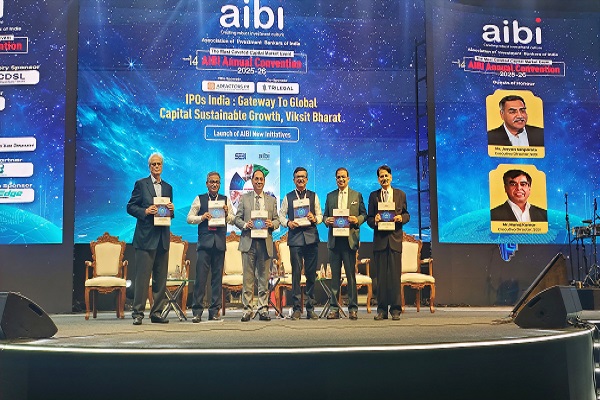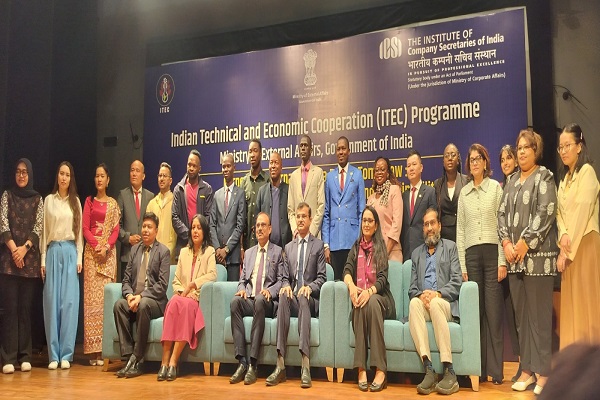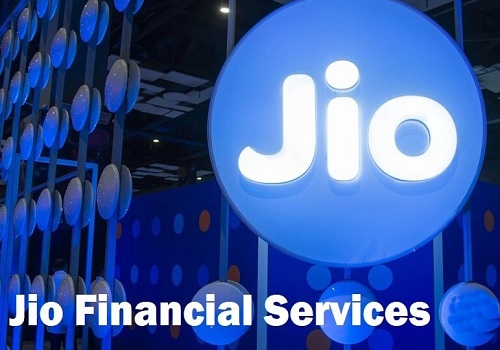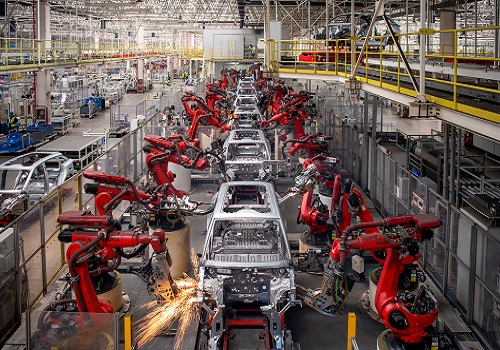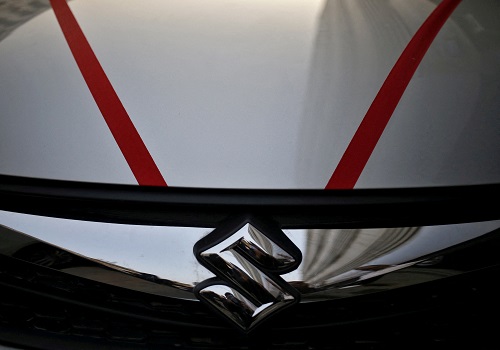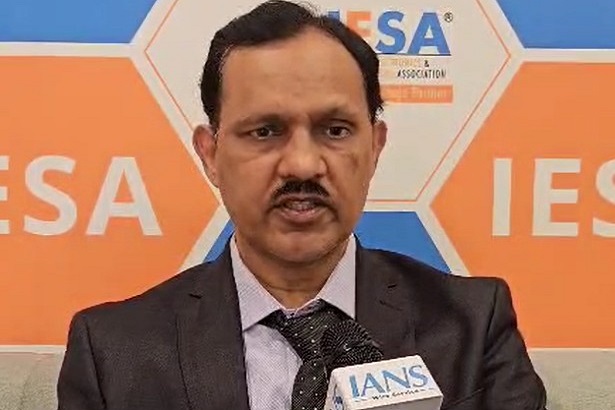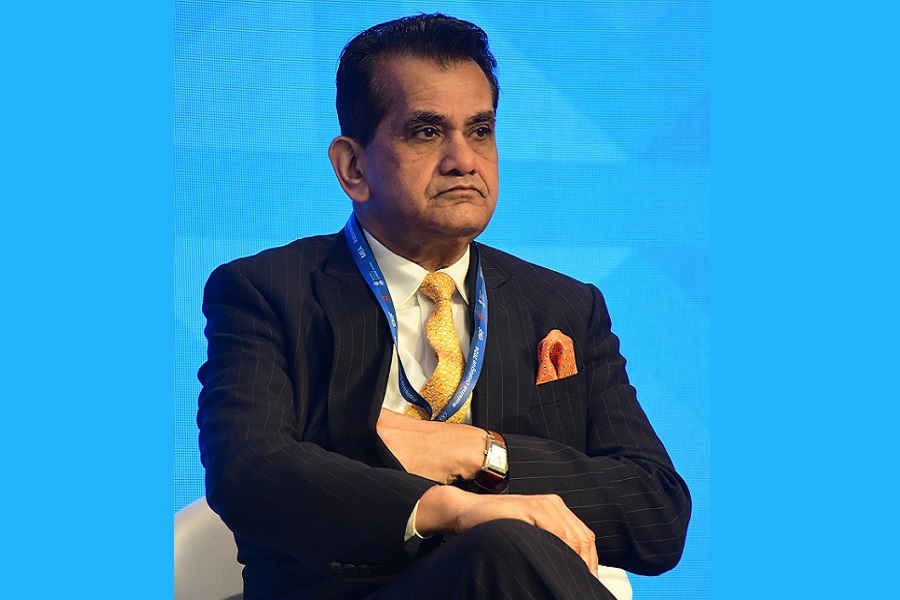India Strategy : Trends emerging out of quarter gone by JM Financial Institutional Securities Ltd

The just-concluded Sep-Q earnings season has thrown up a few interesting trends: 1) Rural demand continued to be weak but there is a premiumisation trend clearly playing out. 2) On input-cost inflation, the trend is mixed – metals, crude, and veg oil prices have softened but plastics, rubber and electronics prices are still rising. 3) New-age internet businesses continue to prioritise profitability and have guided towards turning profitable in at least the core business in the near term. For our coverage group in aggregate, revenue growth expectedly outpaced EBITDA by quite a stretch; overall EBITDA was 7% above our forecasts even though revenue was a tad below expectation. Metals and Mining dragged profitability quite significantly while Banks did the heavy-lifting - more so SOE Banks. Our conviction on the pick-up in the investment cycle remains intact; >50% of the companies under coverage have guided for growth in capex and none of them expect any curtailment. Nifty valuation is currently above its historical average (+1 SD in case of PE, +2SD for P/B) and earnings delivery plus macro stability will, we believe, be critical to drive upside hereon. We like Banks, Capital Goods, Autos and Auto Ancillaries space.
* How did companies fare in 2QFY23?: Based on the results of >200 companies in the JM coverage universe, revenue growth (25%) outpaced EBITDA growth (1.6%) by quite a margin but was still a tad below estimates (-3.4%) while EBITDA did better c.7%. Banks supported profitability, more so SOE Banks, while the Metals and Mining pack dragged overall performance. Ex-Banks, EBITDA was actually 5.5% lower YoY, while ex-Metals EBITDA grew 13.4% YoY in aggregate. Beats-to-misses ratio (0.9) is lower vs. the longrun average of 1.1, though. Barring Oil and Gas, a lot of the other heavyweight sectors like Cement, Auto, Industrials, and Metals missed margin estimates (Ex 3). Employee expenses have risen across sectors, but the growth in sectors like real estate or even a distressed one like aviation is higher than in IT services, which is facing high attrition.
* Premiumisation visible in some sections amidst weak rural demand; new-age internet businesses expect to turn profitable in the near term: Two-wheeler companies like Bajaj Auto and Hero Motocorp alluded to a clear trend of premiumisation even in rural areas (125cc bikes doing much better vs. 100cc bikes). Rural demand was negatively impacted by unseasonal rainfall, but gained some traction once the situation normalised. Within the RM basket, metals, crude and vegetable oil prices eased while electricals, plastics and rubber showed an inflationary trend. Companies, however, see some headwinds from INR depreciation in this regard, going forward. RM inflation has likely peaked in the Cement sector, and EBITDA/tonne is set to improve from 3Q. Loan growth among banks was fuelled by retail book, while there are early signs indicating a pick-up in corporate credit. Lastly, the road to profitability for internet companies remains clouded by growing macro uncertainties but companies like Zomato and Policy Bazaar expect their core business to turn profitable in 2-4 quarters.
* Where’s Nifty currently?: Nifty currently trades at 20.6X, which is 1 standard deviation (STD) above its long-run average of 16.2X. Nifty has already moderated from the highs of 22.7X in Aug’21. On a price to book basis, Nifty trades (3.3X) closer to 2 STD above its long-run average of 2.6X. On YTD basis, Nifty gained 4.2%; however, this period included three 10%+ swings on either sides. We believe the upside from hereon will have to be supported by earnings delivery and macro-economic stability. We believe the easing inflationary environment should auger well for sustaining margins across the manufacturing sector. NIMs among Banks may have peaked as rising deposit rates may exert pressure going forward. But as policy rates are yet to reach the terminal rate, NIMs should sustain at these levels and any pick-up in corporate credit should be beneficial for Banks. We prefer to bet on Banks – as NIMs are likely to be maintained, Capital Goods – this space would benefit from governments capex push and pick-up in private capex, Autos & Auto Ancs – beneficiary of softening inflation environment moreover a wellestablished ecosystem would help attract new investments in manufacturing capacities.
* What are companies saying about capex?: Our conviction on the pick-up in private investments, in our recent report Capex: Ready for take-off, was based on the analysis of the current government and corporate fiscal situation including a host of other high frequency indicators. To gauge the on-ground reality on a company level, we did an analysis within our coverage universe. Our assessment shows that 1) almost all of the capex announced for FY24E is domestic-oriented, 2) 52% of the companies we cover have guided for growth in capex (here we compared 2-year CAGR in capex during FY22- 24 vs. 5-year CAGR during FY18-22), and 3) None of the companies are contemplating any curtailment in their capex guidance except Vodafone, whose capex decision would be contingent on fund-raise.
To Read Complete Report & Disclaimer Click Here
Please refer disclaimer at https://www.jmfl.com/disclaimer
CIN Number : L67120MH1986PLC038784
Above views are of the author and not of the website kindly read disclaimer



